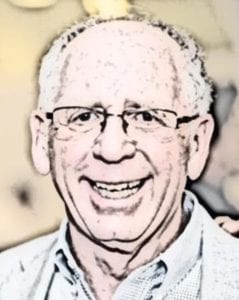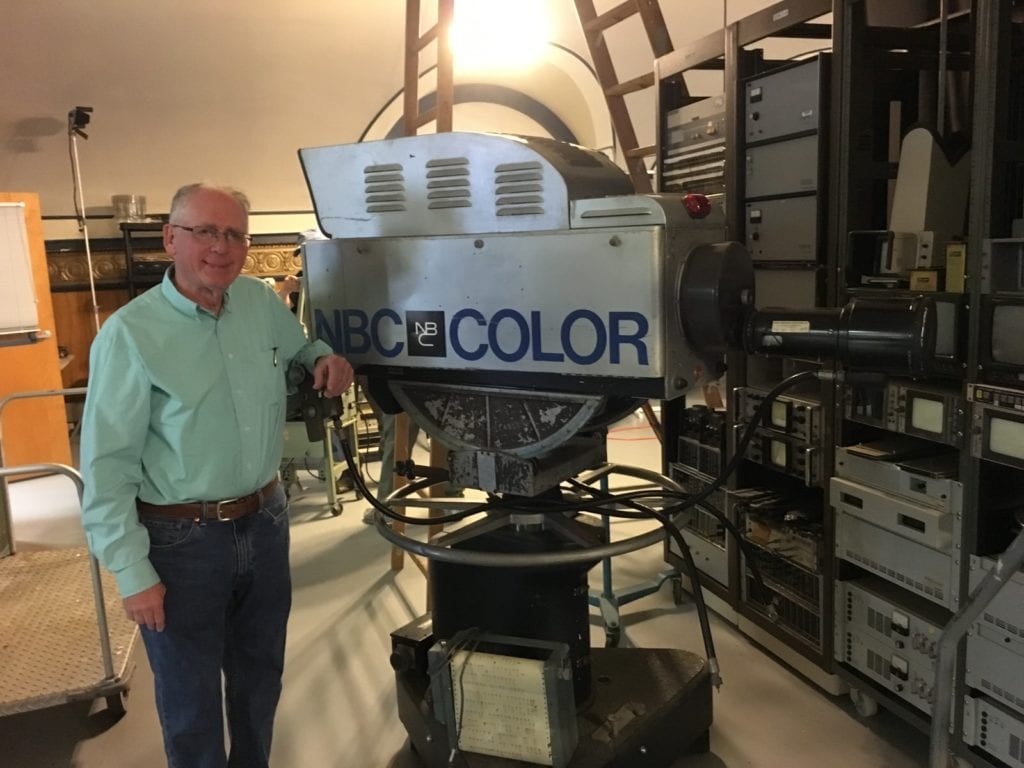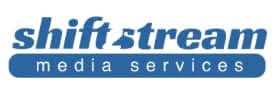- About
- Members
- Sponsors
- Subcommittees
- About Our Subcommittees
- Technology Group 3
- Implementation Team 1 – Advanced Emergency Information
- Implementation Team 2 – India
- Implementation Team 3 – ATSC 3.0 Conformance
- Implementation Team 4 – Brazil
- Implementation Team 5 – Tower Network
- Implementation Team 7 – Caribbean
- Implementation Team 8 – Automotive
- Planning Team 4 – Future Broadcast Ecosystem Technologies
- Planning Team 5 – Automotive Applications
- Planning Team 6 – Global Recognition of ATSC 3.0
- Planning Team 9 – Sustainability
- Technical Documents
- News
- Events
- Spotlight ATSC 3.0
- Contact Us
- Member Login
- Member Meetings
- Advanced Search
Search Site
Member Links
- About
- Members
- Sponsors
- Subcommittees
- About Our Subcommittees
- Technology Group 3
- Implementation Team 1 – Advanced Emergency Information
- Implementation Team 2 – India
- Implementation Team 3 – ATSC 3.0 Conformance
- Implementation Team 4 – Brazil
- Implementation Team 5 – Tower Network
- Implementation Team 7 – Caribbean
- Implementation Team 8 – Automotive
- Planning Team 4 – Future Broadcast Ecosystem Technologies
- Planning Team 5 – Automotive Applications
- Planning Team 6 – Global Recognition of ATSC 3.0
- Planning Team 9 – Sustainability
- Technical Documents
- News
- Events
- Spotlight ATSC 3.0
- Contact Us
- Member Login
- Member Meetings
- Advanced Search
SOMEONE YOU SHOULD KNOW: ATSC Maven Ira Goldstone
Posted on December 4, 2018 in ATSC News
Ira Goldstone is deeply embedded in the ATSC. The Senior Executive Engineer for Fox Network Engineering and Operations began his work with the organization prior to the launch of ATSC 1.0 and previously served on the ATSC Board of Directors before he was term-limited. Goldstone was just elected to a new three-year term on the board that starts in January.
He was the Director of Engineers at KTLA in Los Angeles when 1.0 took flight. “KTLA was one of the first 10 stations on the air and broadcast both the Harris Space Shuttle launch and the 1998 Rose Parade over ATSC 1.0 in January of 1998,” he said. “ATSC standards represented the path to and realization of the next generation of television broadcasting, transitioning from analog to digital, and I felt that it was vital for Broadcasters to provide their input and requirements in developing the standard.”
Goldstone earned his Bachelor’s Degree from Emerson College in Boston and stayed in the area immediately after with WCVB-TV as the Director of Technical Services. After nearly a decade, he went on to Standard Communications as Vice President of Engineering before moving to KTLA and Tribune Broadcasting, before eventually taking positions with Univision and then his current role at 21st Century Fox.
“Twenty years later, the goal to develop an all IP-based broadcast television system with features and capabilities far beyond what we were able to even foresee in the 1990s represented a second opportunity to be a part developing the next generation of television broadcasting architected to be extensible and evolve as new technologies are developed in the future.”
Needless to say, he’s active in the ATSC, involved in a number of groups over the course of ATSC 3.0 development, including S34-1, S34-2, S32-4, S37, S35 and TG3.
He organized the first comparative demonstration of HDR as chair of the small group under S34-1. “With participation of all the early HDR proponents, manufacturers of broadcast equipment and CE manufacturers, along with representatives from all the broadcast networks and many station groups, we were able to understand the competitive aspects of HDR vs. SDR, HLG vs. HDR10 (PQ), 709 color space vs. 2020, and so on,” Goldstone says.
Extensive, Evolutionary, Versatile
While ATSC 3.0 is picking up steam and more people are becoming aware of its capabilities, Goldstone says it will take some time to have a demonstrable effect in the U.S.
“Since 3.0 isn’t mandated by the U.S. government and most broadcasters continue to work on identifying a business plan, the rollout won’t happen overnight. And the impact on consumers will vary based on how they use it,” he says.
Despite his conservative views on the speed of adoption, Goldstone’s enthusiasm for the new standard is infectious. He is particularly proud of its “extensibility, evolvability and versatility.” He notes that as new technologies come along and business models change, enhancements can be added to and accommodated by the standard while continuing to support the capabilities and functionality in place when they’re launched.
Life’s a Beach
Goldstone’s passion is TV and technology, so he says his work often doesn’t feel like work. He enjoys living on the beach with his two golden retrievers and makes time to hike, bike, dive into photography and play with the newest high-tech gadgets that automate the home and enhance the entertainment experience.
Posted in ATSC News
News Categories
News Archives
Subscribe
Subscribe to The Standard, our monthly newsletter. Learn More
Join ATSC
ATSC is a membership organization with both voting and observer categories. Voting members include corporations, nonprofit organizations, and government entities, and they participate actively in the work of ATSC. Observers are individuals or entities not eligible to be a voting member.
Subscribe to our Newsletter
Subscribe to The Standard, our monthly newsletter, to stay up-to-date with ATSC news and events around the world.
Site Links
Contact Us
Advanced Television Systems Committee, Inc.
1300 I Street NW, Suite 400E
Washington, DC 20005
Do you have questions about ATSC?
About ATSC
The Advanced Television Systems Committee, Inc., is an international, non-profit organization developing voluntary standards and recommended practices for digital terrestrial broadcasting. ATSC member organizations represent the broadcast, broadcast equipment, motion picture, consumer electronics, computer, cable, satellite, and semiconductor industries. ATSC also develops digital terrestrial broadcasting implementation strategies and supports educational activities on ATSC standards.
© 2024 ATSC








































